



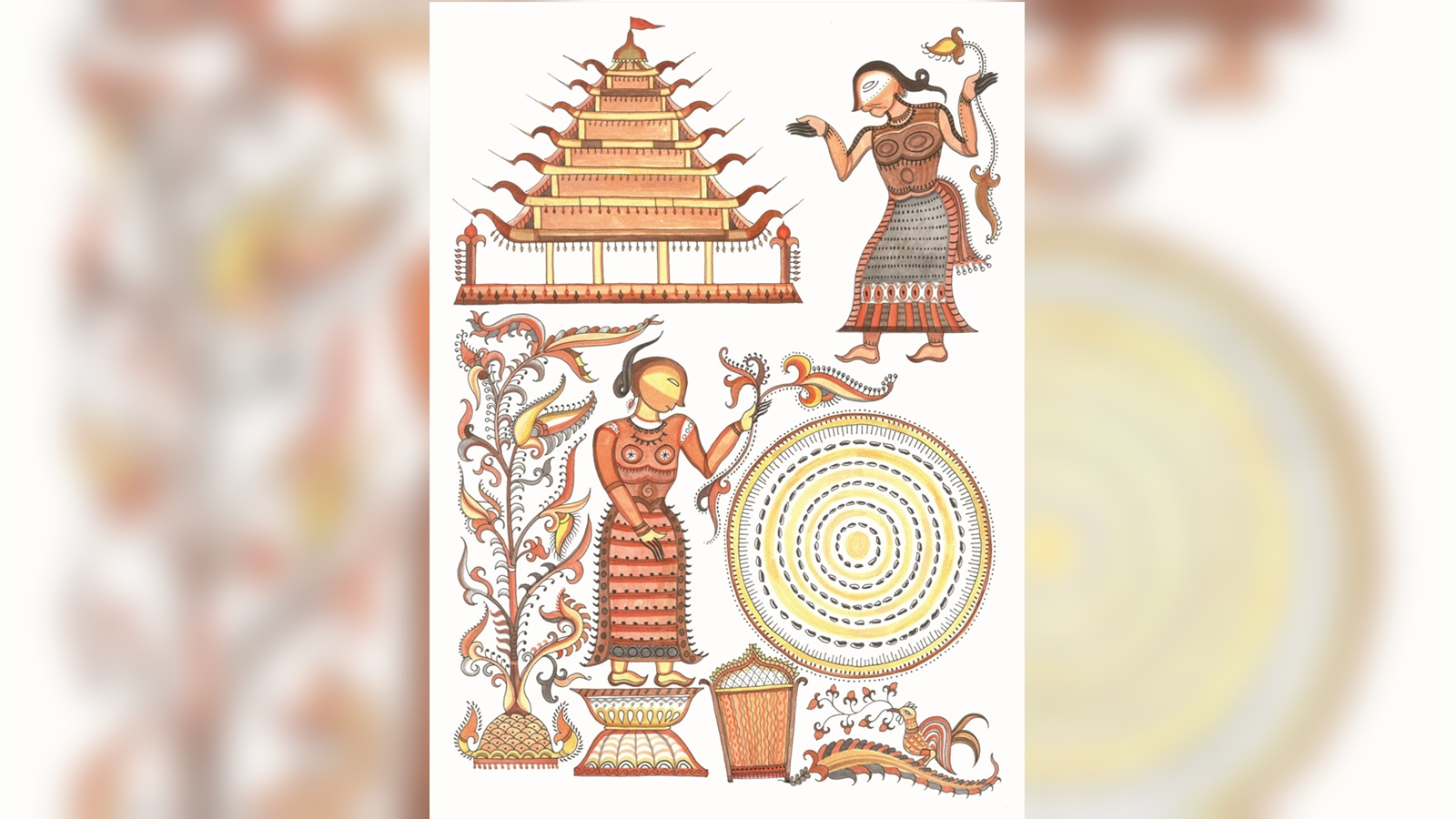

Disclaimer: Copyright infringement not intended.
Context
The Subika Paintings of Manipur hold profound cultural significance, yet they face the threat of extinction due to neglect.
Details
Key points about Subika Laishaba, a significant manuscript in this tradition
Conclusion
Despite their cultural richness, Subika Paintings, including Subika Laishaba, face the risk of extinction due to diminishing awareness and neglect. These paintings are not only artistic expressions but also repositories of cultural knowledge, reflecting cosmology, history, and moral values. Preserving and promoting awareness of Subika Paintings is essential for safeguarding this unique art form and the cultural heritage of the Meitei community in Manipur.
MUST READ ARTICLES:
https://www.iasgyan.in/daily-current-affairs/hill-areas-committee-of-manipur
|
PRACTICE QUESTION Q. Which of the following statements is correct regarding Subika Paintings of Manipur? A. Subika Paintings originated in the 15th century during the reign of King Garibniwaz. B. The Subika Laishaba manuscript is the only surviving document showcasing this art form. C. Floral motifs in Subika Laishaba are outlined in black, filled with Indian-red color and a yellow-ochre dot at the center. D. Subika Paintings are primarily created on paper imported from China. Answer: C. |


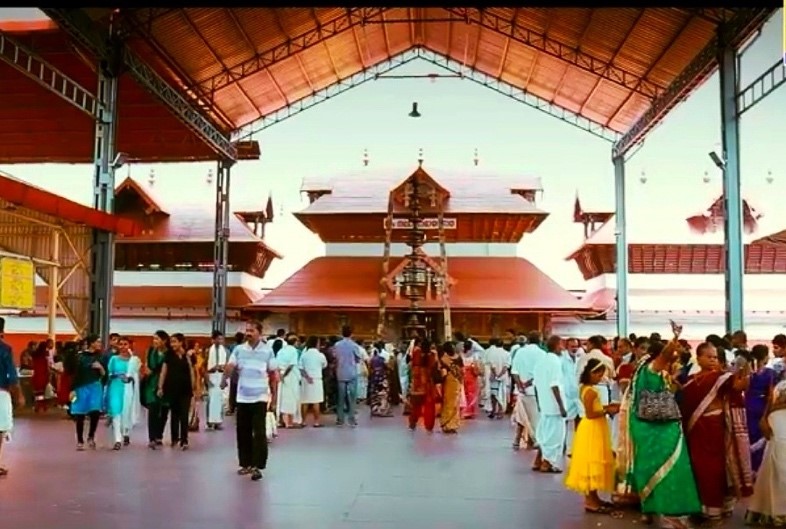

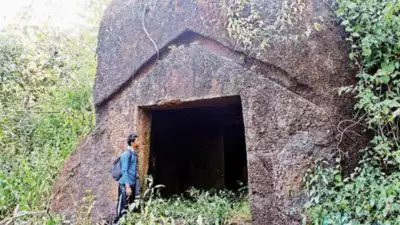
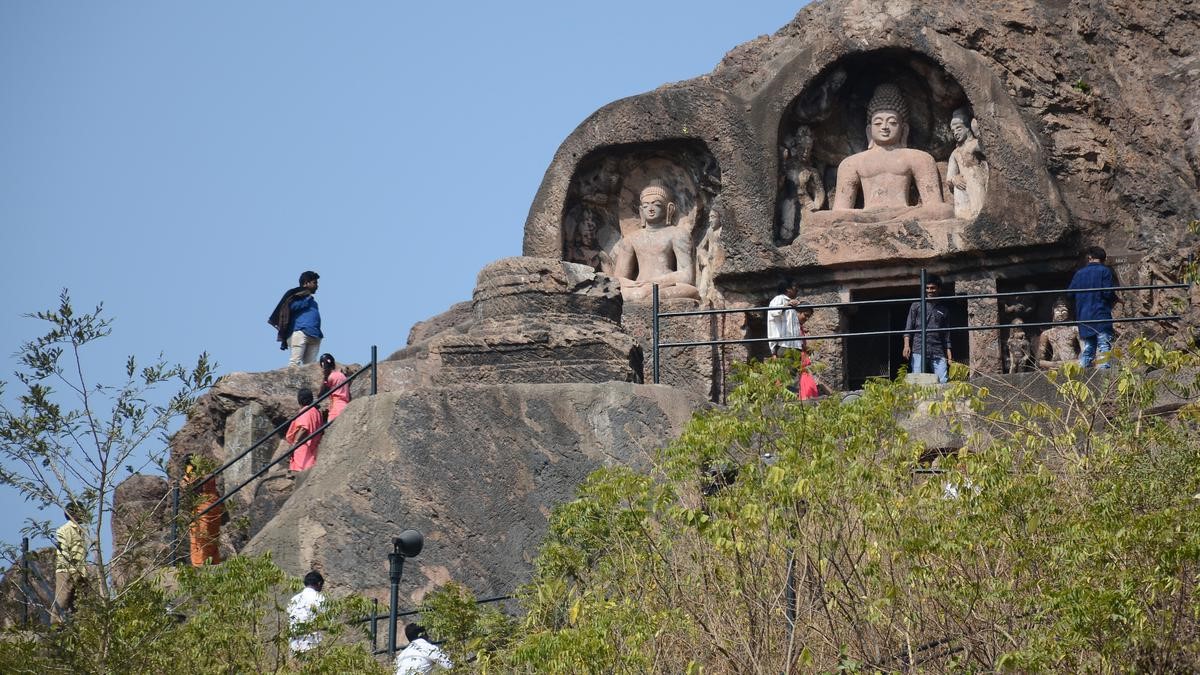
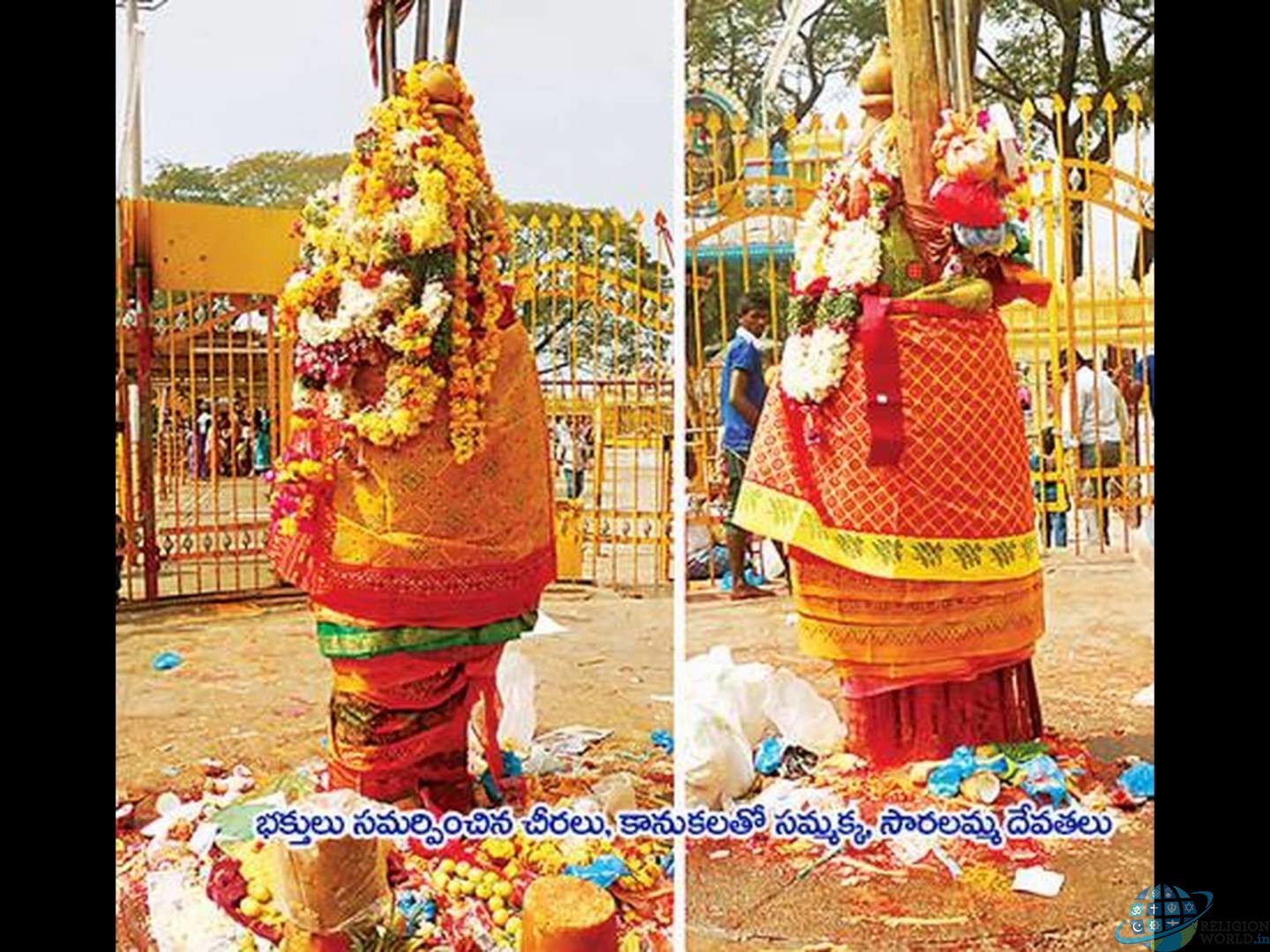
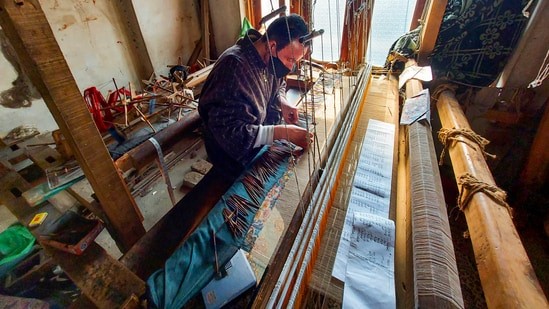
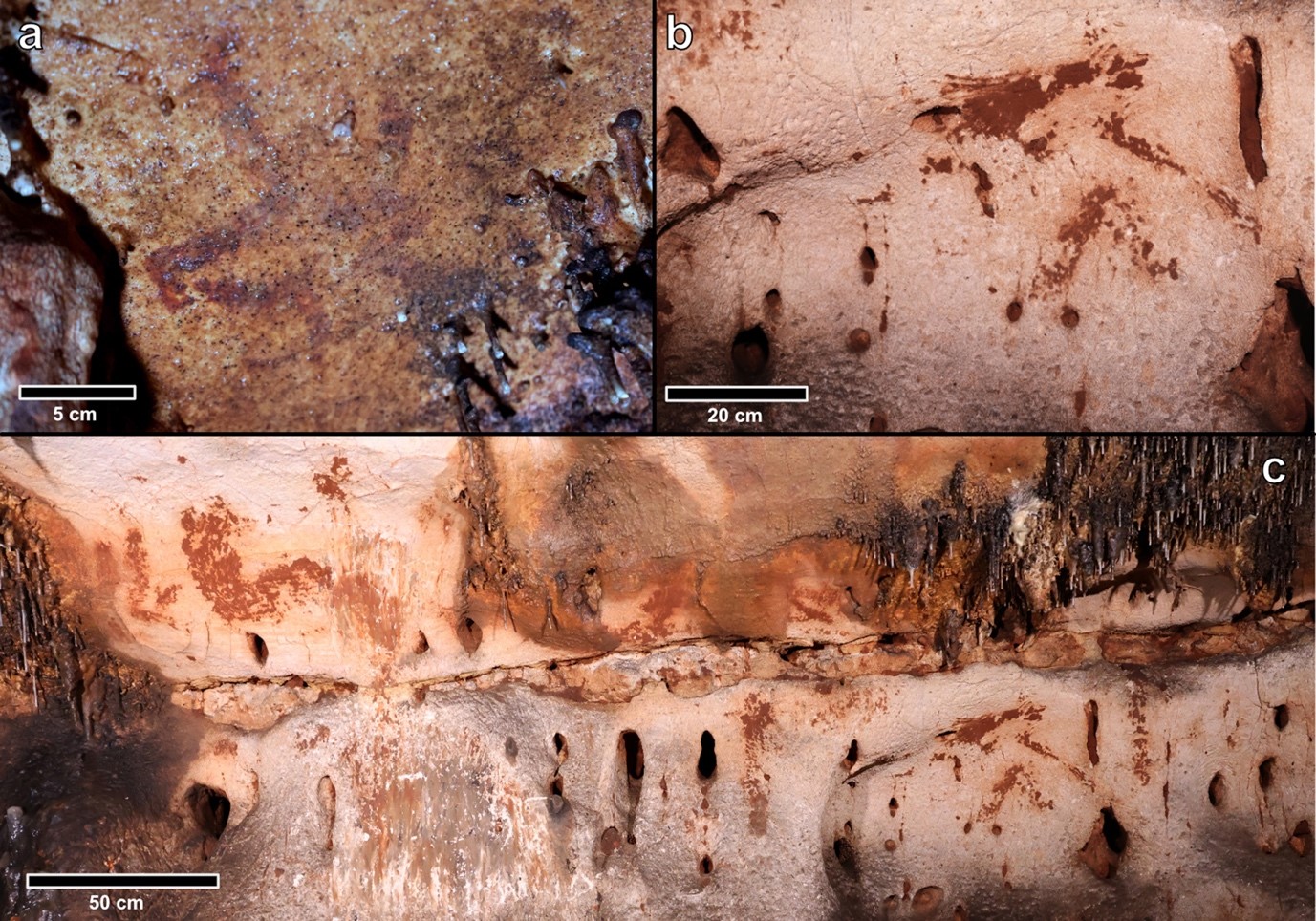

© 2025 iasgyan. All right reserved